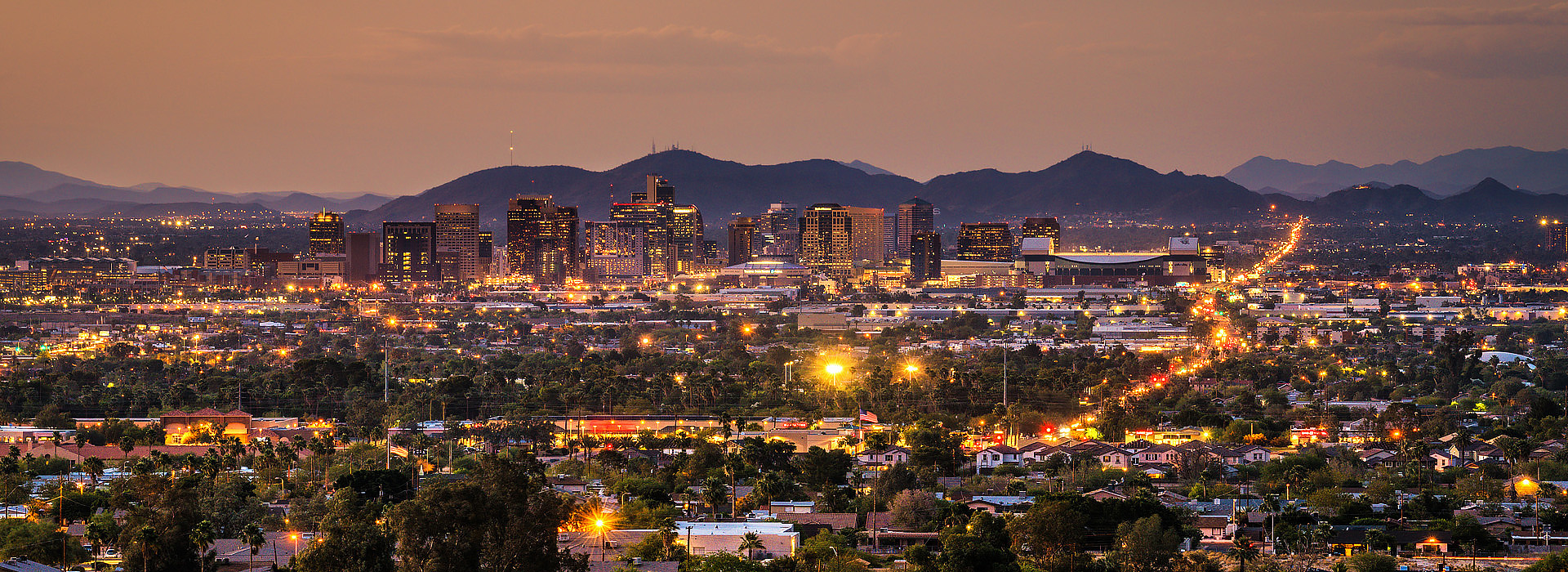Bikes are considered a “vehicle” and must learn the rules of the road
According to the law, in nearly every state a bicycle is considered to be a “vehicle.” Therefore, in addition to learning how to be a safe while riding a bike, it is also important a cyclist understand — and follow — both the basic legal rules of liability and the rules of the road.
Intersections pose a special risk to cyclists. Only 11% of bicycle accidents involve a collision with a car; but of these, 45% take place in intersections. Intersections can be made especially dangerous because of these reasons:
- cars often underestimate the speed of a bike;
- drivers aren’t always aware of or expecting bikes; and
- even when cars are on the lookout for bikes, they sometimes just don’t see them because bikes are smaller.
Certain precautions, such as these should be taken in order to minimize accidents that occur in intersections:
- use front and rear lamps, reflective and brightly colored clothing to increase the visibility of the bike and the cyclist
- be on the lookout for other bikes and cars you are sharing the road with
- ride defensively and learn to execute emergency maneuvers to avoid collisions.
- When it comes to collisions occurring between cars and bikes, liability usually comes down to who had the right-of-way.
Right-of-way rules: No traffic signals
Generally, when two vehicles approach an intersection not controlled by a traffic signal, the vehicle arriving first has the right of way. But if the vehicles arrive at the same time, the vehicle to the right has the right-of-way. This is also the rule for vehicles approaching intersections controlled by stop signs. But if the intersection consists of a minor street intersecting with a major street, then the traffic on the major street has the right-of-way.
Right-of-way rules: Traffic signals
The right-of-way at intersections controlled by signals is determined by the signal. If a signal sensor is unable to detect the presence of a bicycle, the cyclist can do a few things:
- position the bicycle closer to the sensors embedded in the road, if that doesn’t work wait until it is safe to cross against the light,
- cross at the crosswalk.
Cyclists who don’t follow road rules are usually found to be responsible for an accident, but it’s also important to note that even when cyclists do follow rules but are nevertheless hit by a driver who doesn’t follow the rules, often times the cyclist is blamed by both driver and police. Knowing your rights as a cyclist will help mitigate any potential liability.
If you’ve suffered from a pedestrian accident, you need the expert advice of motor vehicle accident attorneys such as those at Personal Injury Attorneys PLLC.


